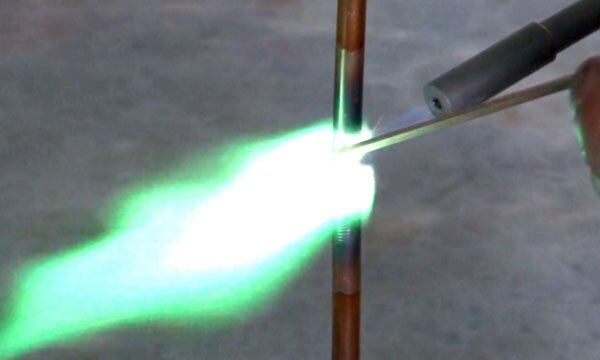The pressurized acetylene and propane gas used in brazing and related tasks is highly flammable, and thus very dangerous. You know what isn't flammable, though? Water. Bearing that in mind, the European Union-funded SafeFlame consortium has developed a torch system that generates a flame using nothing but H2O and electricity.
SafeFlame utilizes an electrical current to electrolyze ordinary water, separating it into hydrogen and oxygen gas. Those gases are then mixed and ignited as they exit the torch's nozzle. By fine-tuning the proportions of the two gases, different types of flames can be produced for different applications.
Additionally, the length and heat of the flame can be adjusted by varying the amount of power delivered to the electrolyzer.

Because SafeFlame produces the hydrogen and oxygen right at the point of use, no cylinders full of flammable gases are required. Not only does this make fires and explosions much less likely to occur, but it also means that users don't have to purchase such gases, pay for their transportation, or find a safe place to store them.
Additionally, because the temperature of the flame can be brought down to the lowest level necessary for the job at hand, burns are less of a danger – both to human users, and to sensitive metals that have a low melting point.
Prototype SafeFlame units are currently being tested at various locations in Europe, with a commercial rollout planned to take place "in the near future." There's no word on pricing, although the developers have reportedly found a way of reducing the amount of platinum required for the electrolyzer, in order to help keep costs down.






